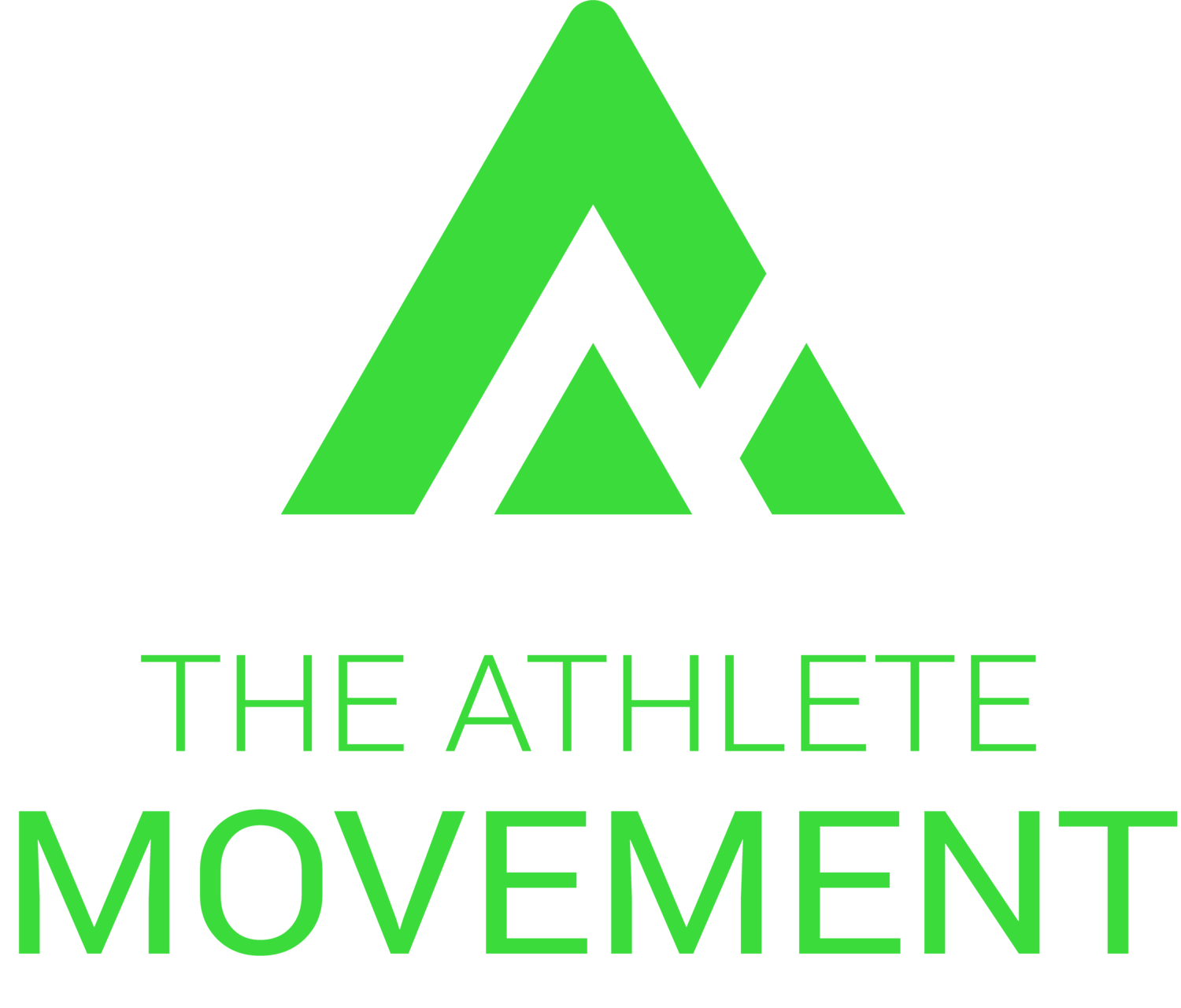Over the years I have quickly come to the conclusion that all young basketballers have one dream in common … the ability to float through the air and slam a dunk or posterize their opponent. I can definitely relate, as a teenager I had these same hoop dreams. Heck, I still do.
The ability to express high-power output is truly an impressive trait and can instantly make you become an impact player in any game. However, before you think about training your jumping ability to be like Nate Robinson, make sure you read these must-knows on how to effectively 'jump train' for optimal performance.
1. Master technique and the ability to land safely
Prior to even performing a jump (take-off) you must practice and master the correct joint positioning and muscular loading for safe landing technique.
Safe landing technique involves:
- ~30 degree knee flexion (quarter squat position)
- Knee alignment (not collapsing inwards)
- Slightly forward torso lean (not a vertical torso)
By positioning your joints correctly this allows the large muscle groups such as the glutes, hamstrings and quadriceps to be 'loaded' on impact and efficiently absorb force. Alternatively, an unsafe landing will create excessive stress on the joints and leak energy, making you less efficient. To read more about the importance of landing – click HERE.
The ability to jump AND land is a learned motor skill
2. Understand force absorption
Unknowingly, one of the biggest mistakes an athlete can make is to jump (pun intended) straight into high impact and explosive exercises. Yes, this means no more copying NBA off-season workouts, you must earn the right to perform these more advanced exercises. But how do you earn the right?
Source: Musicalos80
(from recent interactions if you were not born in the 80s or early 90s the Beastie Boys reference may not mean anything to you)
For all my athletes I program an ‘accumulation phase’ that focuses on ingraining a safe landing pattern and teaching efficient force absorption, in turn developing their eccentric strength and stability (which most young athletes lack). This phase is also crucial for training the tendons for ‘stiffness’ to help store elastic energy and transfer force to take flight.
For multi-directional sport athletes (basketball, football, volleyball etc.) it is also important to perform jumps in different planes of motion such as linear, lateral, vertical, and rotational as well as hop and bound variations.
Force absorption before force production
3. Lift and jump
It has been reported that stronger athletes have a greater ability to express high-power outputs in comparison to weaker athletes (1).
Hence, get strong = increased jumping performance.
However, strength is only one piece of the puzzle. Although it may seem like common sense, in order to improve your jumping ability you will actually need to jump. Now I don't mean simply 'jumping' over a small hurdle/box/obstacle just to make it to the other side or surface, but instead jumping with rapid force production and the intent to express maximal power output.
If you are serious about increasing jumping ability, than you must train using a combination of both strength and power.
Get strong and jump with intent
4. Train smart
This is a simple point that often gets lost in many athletic training programs. However, when not executed correctly jumping can result in decreased performance and a risk of injury to the athlete.
In order to train smart, employ the above points, but also:
- Perform jumps at the beginning of your training session and not at the end. You will be more fresh and explosive opposed to fatigued and slow.
- Think quality > quantity. More of a good thing does not always = better. Remember you must focus on great technique.
- Monitor your training loads and be aware of the total foot contacts each session and week. Training loads may vary due to biological age, training age and training phase (off-season, pre-season, in-competition).
- Understand that not every exercise/ jump is for every athlete. For example, as a big man if you are asked to perform a hop on the ground, this may indeed be a very tough challenge. Alternatively, a hop on the ‘Jump Trainer’ (as seen below) may be much more realistic and appropriate as it effectively reduces the impact force required to be absorbed by the athlete. (Owen is 6 feet 11"!)
Join the Movement!
References:
1. Haff, G. G., & Stone, M. H. (2015). Methods of developing power with special reference to football players. Strength & Conditioning Journal, 37(6), 2-16.



